Break the Bottleneck
Combatting the Efficiency Slowdown
in Transportation Manufacturing
Break the Bottleneck
Combatting the Efficiency Slowdown in Transportation Manufacturing
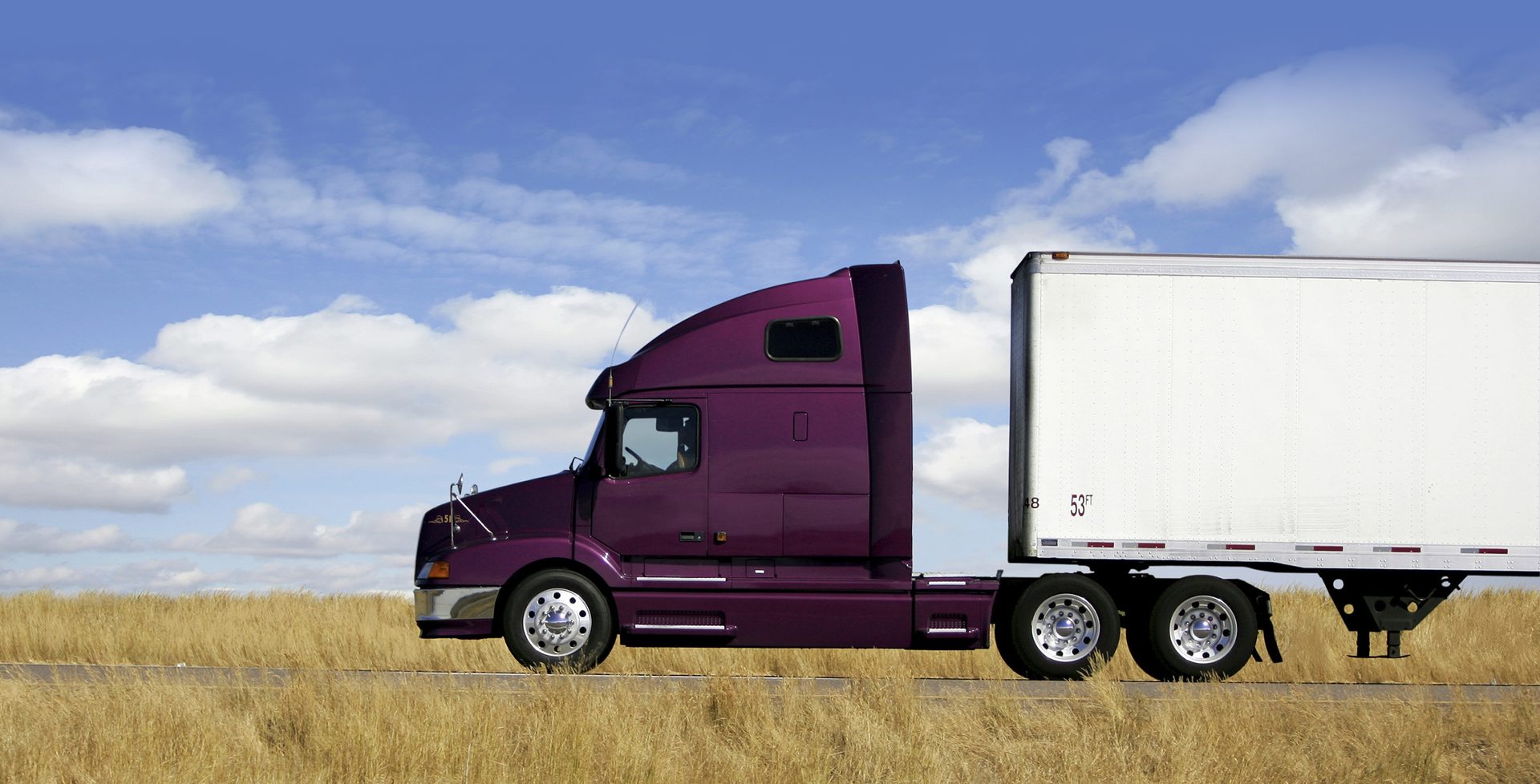
By Kirk Lipes, Global Business Director of Transportation, Sherwin-Williams General Industrial
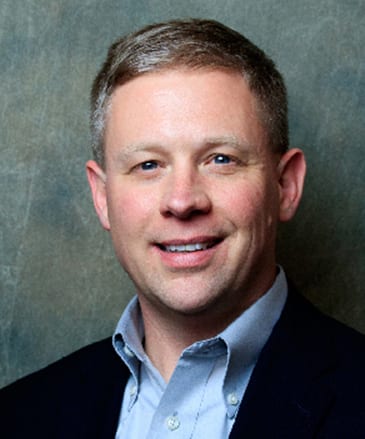
Kirk Lipes
While the world seems to be speeding up, productivity in U.S. transportation manufacturing seems to be slowing down. For almost three decades, labor productivity (or output per hour, as measured by the Bureau of Labor Statistics) steadily increased in the transportation equipment manufacturing sector. But then, around 2015, it hit a barrier and has been declining ever since. The reason has baffled many researchers over the years, and a clear reason still has not been identified.
With energy and materials costs both on the rise, combatting this efficiency slowdown is critical, so it's no wonder manufacturers are searching for ways to streamline at each step in the supply chain. The finishing line is a small link in that chain, yet it often becomes a major bottleneck to production, significantly impacting total operational costs and profitability.

Kirk Lipes
FIGURE 1–ǀ–Labor productivity in transportation equipment manufacturing.
X

REVERSE PINCH TO ZOOM
X

REVERSE PINCH TO ZOOM
X

REVERSE PINCH TO ZOOM
X

REVERSE PINCH TO ZOOM
Credit: Bureau of Labor Statistics
Helping manufacturers create real efficiency improvements means going beyond the traditional supplier relationship. The finishing line is complex, and streamlining these processes requires more than great products. It takes a deep understanding of diverse coatings technologies, application techniques and overall workflow efficiency to create real change. Often, this means providing things like painter training, maintenance guides, specifications and standard operating procedures, efficiency audits, inventory management and more.
Overcoming Complexity to Meet Increased Demand
To put it simply, change requires coupling great products with the support needed to utilize them to their fullest extent. Let’s look at a recent Sherwin-Williams customer, a leading manufacturer of high-quality truck bodies, as an example. The company had been chasing a contract with a high-profile beverage manufacturer for years and finally won it. To meet the demands of the new contract, this customer needed to increase production. But the finishing line was a big bottleneck, limiting throughput to one truck per shift and requiring major overtime from the paint crew.
These trucks required multiple colors and precise layering. The customer’s existing finishing process involved priming, applying a single-stage base coat, clear coating, moving the unit into a secondary paint shop for taping and sanding, and finally moving it back to the main line for a final, single-stage top coat. This multistep approach created unnecessary complexity, increasing labor needs and significantly slowing production. With all the handling of the truck bodies, finishing time was a staggering 69 hours per unit.
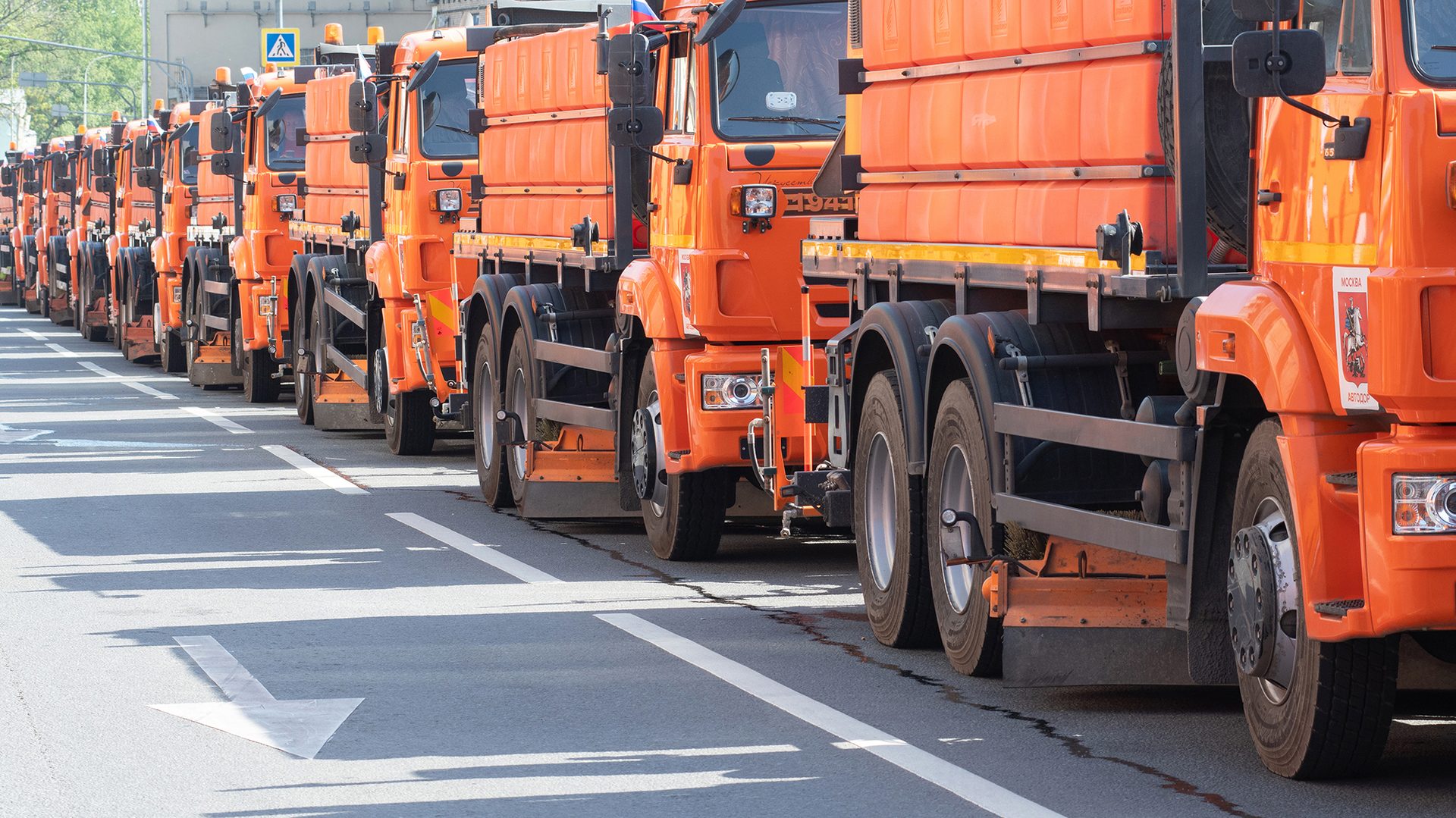
Delivering a 300% Boost in Production
After getting to know the customer’s operation, we recommended a base clear system using Genesis® base and clear coat. This adjustment removed multiple steps from the finishing process and allowed painters to work more efficiently without relocating the truck bodies, reducing finishing time from 69 hours to 5 hours per unit. The new process enabled the company to scale production from one unit per shift to four.
To support these improvements, the team provided hands-on training to help the painters transition from a single-stage to a base clear system. Local representatives were available as needed, assisting with issue resolution and the development of updated operating procedures. Following this success, the company expanded its partnership with Sherwin-Williams to include its full painting operation, selecting Duraspar™ Industrial Performance (IP) for use on all standard truck bodies.
Since switching to the new coating system, throughput of regular truck bodies has increased by 50%. With higher first-pass yields and fewer defects than in the previous year, the company was able to reduce paint usage while maintaining quality. The paint crew also returned to a normal schedule with minimal overtime, reducing labor costs and improving overall workplace satisfaction. These operational improvements contributed to a more efficient, cost-effective finishing process and supported broader company growth goals.
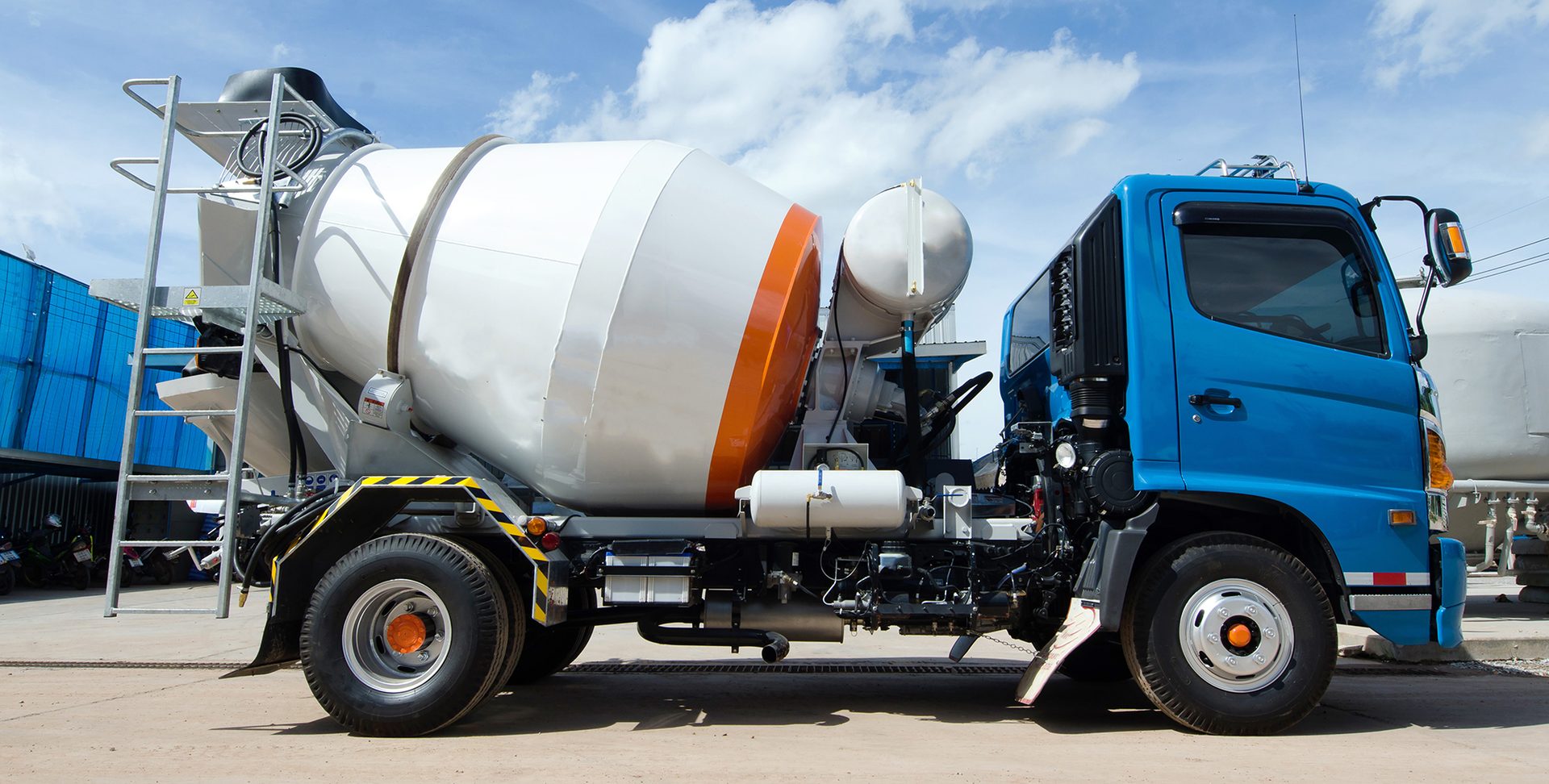
Dialing In on Application and Inventory to Reduce Costs
In another instance, a trailer manufacturer had been using the same coatings formulas and processes for over a decade. They wanted a fresh look at optimizing their finishing line and reducing costs. After a few weeks observing and getting to know their business, we suggested a switch to Duraspar™ IP high-speed epoxy primer and top coat. Side-by-side testing of the primer showed a significant improvement in corrosion resistance, as compared to the incumbent products — a critical performance attribute for both the company and its customers. And with exceptional first-pass hide, the switch would end up saving the company not only 1 to 1.5 gallons of paint per trailer, but 15 to 30 minutes in application time per trailer too. In other words, it allowed the customer to do more with less.
Inventory management was another major challenge for this customer, as we found that overstock issues were creating unnecessary costs and safety concerns. Rather than assuming paint usage and placing recurring orders, our dedicated representatives were on-site weekly doing inventory checks and tailoring orders to specific needs. With inventory dialed in, the company was able to eliminate excess stock and ensure it always had the right materials on hand, reducing waste while freeing up capital for other uses. At the same time, our team was also providing in-depth training for painters, helping them optimize their use of Duraspar IP and ensuring proper equipment maintenance to keep things running smoothly long term.
While these improvements may seem small individually, they added up to a huge gain in overall profitability. By working as an extension of the company’s team, we didn’t just help fix a single issue, we provided the tools and knowledge necessary to run a more efficient and profitable operation. And we'll continue doing this through monthly audits and on-site support, fine-tuning the operation and helping the customer scale productivity as the business evolves.
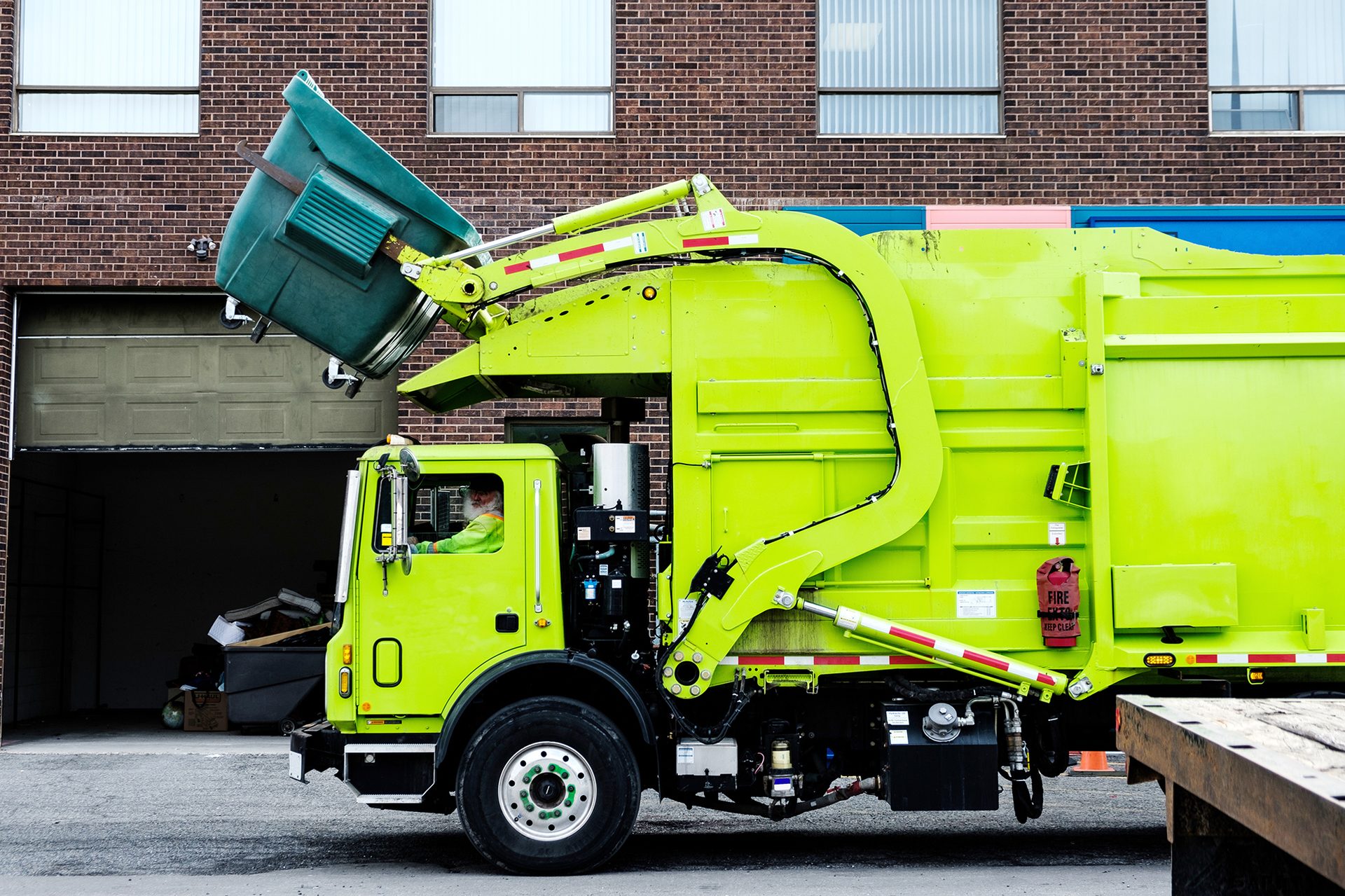
Going Beyond Products
The manufacturing industry continues to face a tough economic environment, and recent outlooks for the transportation sector aren’t overly optimistic. Across the board, customers are seeking ways to reduce costs and streamline processes without sacrificing quality. Innovative products designed to help them do this are a great start. However, support beyond the products is often required to drive real operational change.
The key to unlocking real efficiency gains in transportation manufacturing lies in a holistic approach that combines innovative products with comprehensive support. By working closely with customers, understanding their unique challenges and providing tailored solutions, manufacturers can help their clients achieve significant improvements in productivity and profitability. This approach goes beyond the traditional sales model, focusing on long-term collaboration and continuous improvement.
